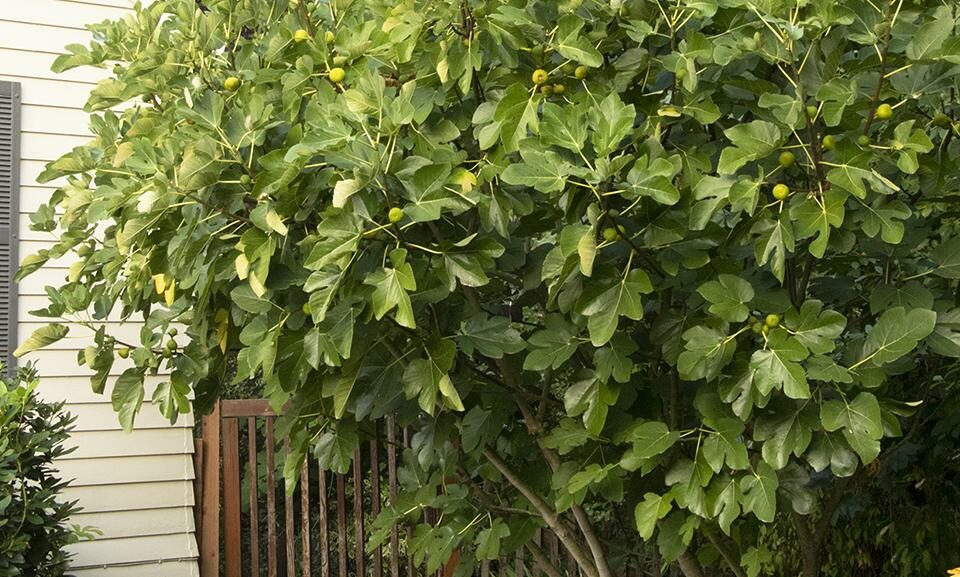How to Grow Fig Trees

How to Choose the Best Fig Tree For Your Space
Mature fig trees can be 15 to 30 feet tall. Space a bit apart so that you can really see the unique shape of the mature tree. There are several varieties that stay naturally small and fit nicely into large containers (see below). If you have the room, plant several and choose early-, mid-, and late- fruiting varieties. This will extend the harvest from early summer into early fall. Some figs will produce fruit very early in the season, called a “breba” crop, as well as the main crop.
Where to Plant Fig Trees
Fig trees thrive in full sun and love the reflected heat of walls and buildings. In colder zones, choose cold-hardy varieties such as ‘Brown Turkey’ and ‘Desert King.’ Also consider other selections that are somewhat less cold-hardy. Ones that can grow in big pots and protect during the winter by storing in a cool garage or basement.
How and When to Harvest Fig Fruit
This is the moment! When fruit is developing, it’s important to water regularly. Check daily, and pick just as they ripen. You’ll be picking the main crop of fruits depending on your climate and conditions. Anywhere from June to September in warmer inland areas to October and November for cooler coastal places. In some tropical locations, fig trees may bear some fruit throughout the year. With increased production in early summer and midwinter.
Now, about the birds and squirrels. Yes, they love figs. The trick is to stay ahead of them by harvesting daily. If you wait too long, they’ll get to your harvest first.
How to Care for Fig Trees
Once established, figs can be very low maintenance, as well as drought tolerant. During the first year, as plants become established, water regularly and mulch. It can also be helpful to prune back young trees to encourage strong root growth. After the first 2-3 years, they need little pruning apart from removing weak, diseased, or dead branches. If conditions get too dry, an occasional deep watering will keep the tree healthy.
While they aren’t too picky about their soil, fig trees enjoy a well-draining loamy soil with healthy organic matter. Adding a layer of compost around your fig trees every year can provide the right amount of nutrients. It also adds organic matter to help your fig tree thrive.